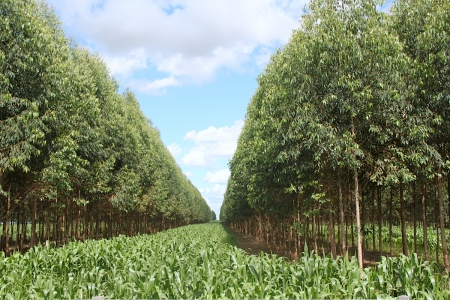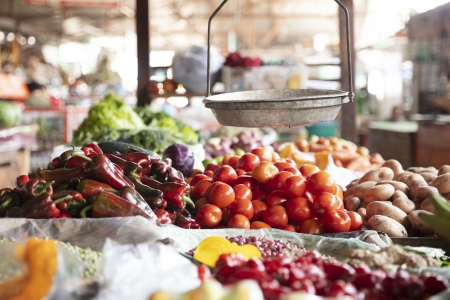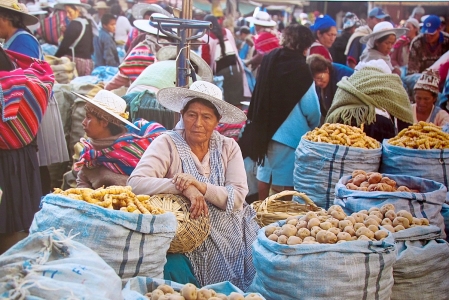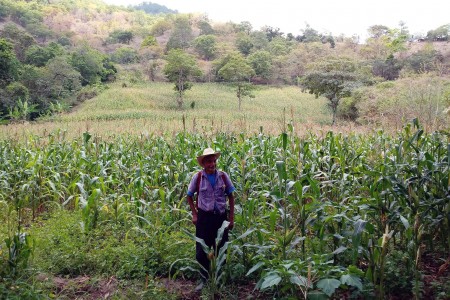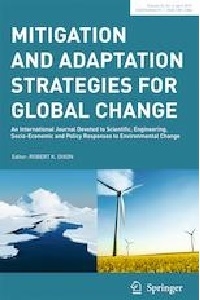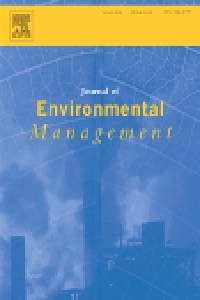This year, Earth Overshoot Day falls on July 29, the earliest date yet, which tells us that we have prematurely exhausted Earth's resources beyond what can be regenerated. To move back the date, we are working with farmers to test new practices to halt environmental degradation and make food production more sustainable.
Food and forest in Caquetá, Colombia
The Caquetá region is located in Colombia, on the edges of the Amazon. Its livestock production supplies the major population centers in the region with meat and milk, and the about 1.5 million heads of livestock underpin the incomes of some 14,000 families.
But over time, cattle farmers have expanded into areas that used to be native rainforest, resulting in land degradation and forest loss. Losing 68,300 hectares of natural forest in 2018, the region now has one of the country’s highest rates of deforestation.
This degradation harms biodiversity and directly exacerbates climate change by limiting the Amazon’s important capacity for absorbing carbon dioxide from the atmosphere. Paradoxically, farmers are also impacted by climate change, with their way of life increasingly under pressure from changes in rainfall patterns.
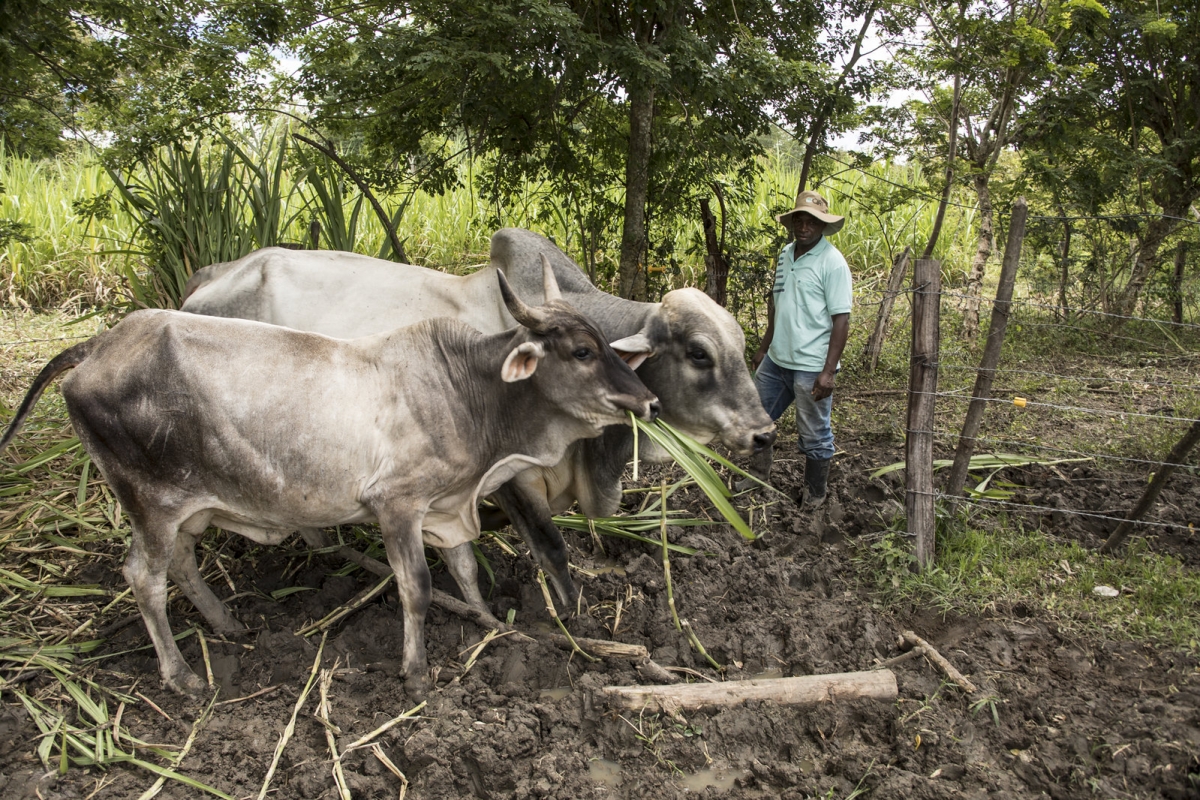
A new way of farming
To restore land and halt deforestation, we have during the past four years worked with 42 farmers on 262 hectares in Colombia and Peru to come up with a new way of doing things. We have promoted the win-win benefits of silvopastoral practices, namely combining trees, shrubs, forages and animals on farms.
We have co-designed new solutions with farmers to ensure that they not only can restore degraded lands and forests, but also boost meat and milk production. Solutions have also been matched to farmers’ lands, assets and interests.
For example, we have introduced farmers to improved grasses that help them feed their animals, without needing to expand into untouched forests. Planting trees and shrubs also supplies new feed, while providing shade and improving soil health. Other improvements include rotational grazing, which gives degraded land a break, and a new water supply system. The combination of these practices has enabled us to improve the whole livestock system, while halting land degradation and deforestation.
However, while these solutions proved successful at the pilot stage, expanding to a bigger scale was our next challenge. We realized that farmers might be held back by the financial requirements: Making the switch to silvopastoral practices requires some investment up front, before the benefits slowly start to trickle in after the first year, with the investment expected to break even during the fourth year.
Cheap loans for change
To enable more farmers to invest in these new solutions, we welcomed the opportunity to collaborate with a state-backed financial fund in Colombia known as FINAGRO. We decided to test if offering farmers a financial incentive would help remove stumbling blocks.
The incentive program developed by FINAGRO is supposed to nudge farmers to protect remaining forests and limit cattle ranching to less fragile, but more productive areas. It offers participants a soft loan with a low interest rate (56 percent lower than for ordinary credit) and $300 in debt reduction per hectare of land allocated for restoration.
FINAGRO has selected 54 farmers who are to receive the soft loan this year, representing a potential total credit of $350,000. With the help of these loans, each farmer will be able to convert four hectares of degraded pastures to silvopastoral practices and set aside at least five hectares for restoration.
From our side, we have provided FINAGRO with guidelines for how to implement the new practices, to increase the chances of success for participating farmers. FINAGRO is also using the original pilot plots as a space for promoting farmer-to-farmer learning.
Future potential
It has been estimated that this FINAGRO-led financial incentive scheme could benefit thousands of farmers in the future. Funds to back the scheme might be sourced from public and private banks, private investment funds, or regional and local governments.
In Colombia, we estimate that more than half a million hectares could be converted to climate-smart and planet-friendly silvopastoral practices. We believe that similar incentive mechanisms could support farmers around the Amazon, and elsewhere, to put food production back within the limits of what planet Earth can sustainably support.
##
This work was part of the Sustainable Amazonian Landscape (SAL) project, led by CIAT and part of the International Climate Initiative (IKI). The German Federal Ministry for the Environment, Nature Conservation and Nuclear Safety (BMU), based on a decision made by the German Bundestag, supports the project.
Thrive blog is a space for independent thought and aims to stimulate discussion among sustainable agriculture researchers and the public. Blogs are facilitated by the CGIAR Research Program on Water, Land and Ecosystems (WLE) but reflect the opinions and information of the authors only and not necessarily those of WLE and its donors or partners. WLE and partners are supported by CGIAR Trust Fund Contributors, including: ACIAR, DFID, DGIS, SDC, and others.




